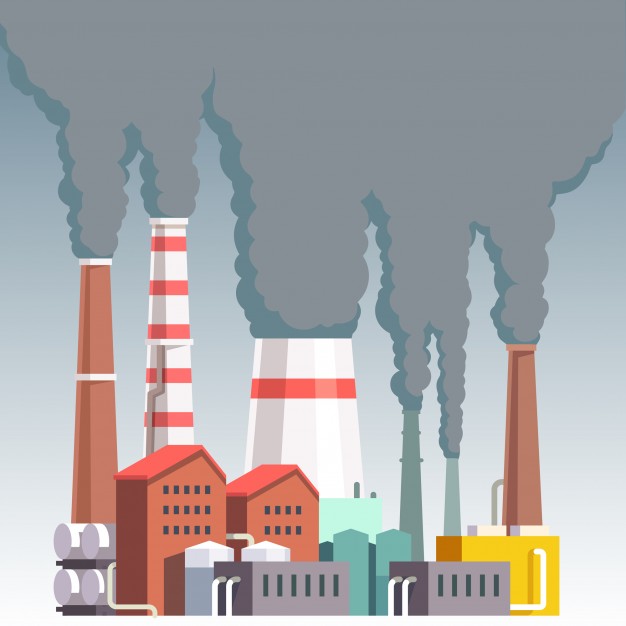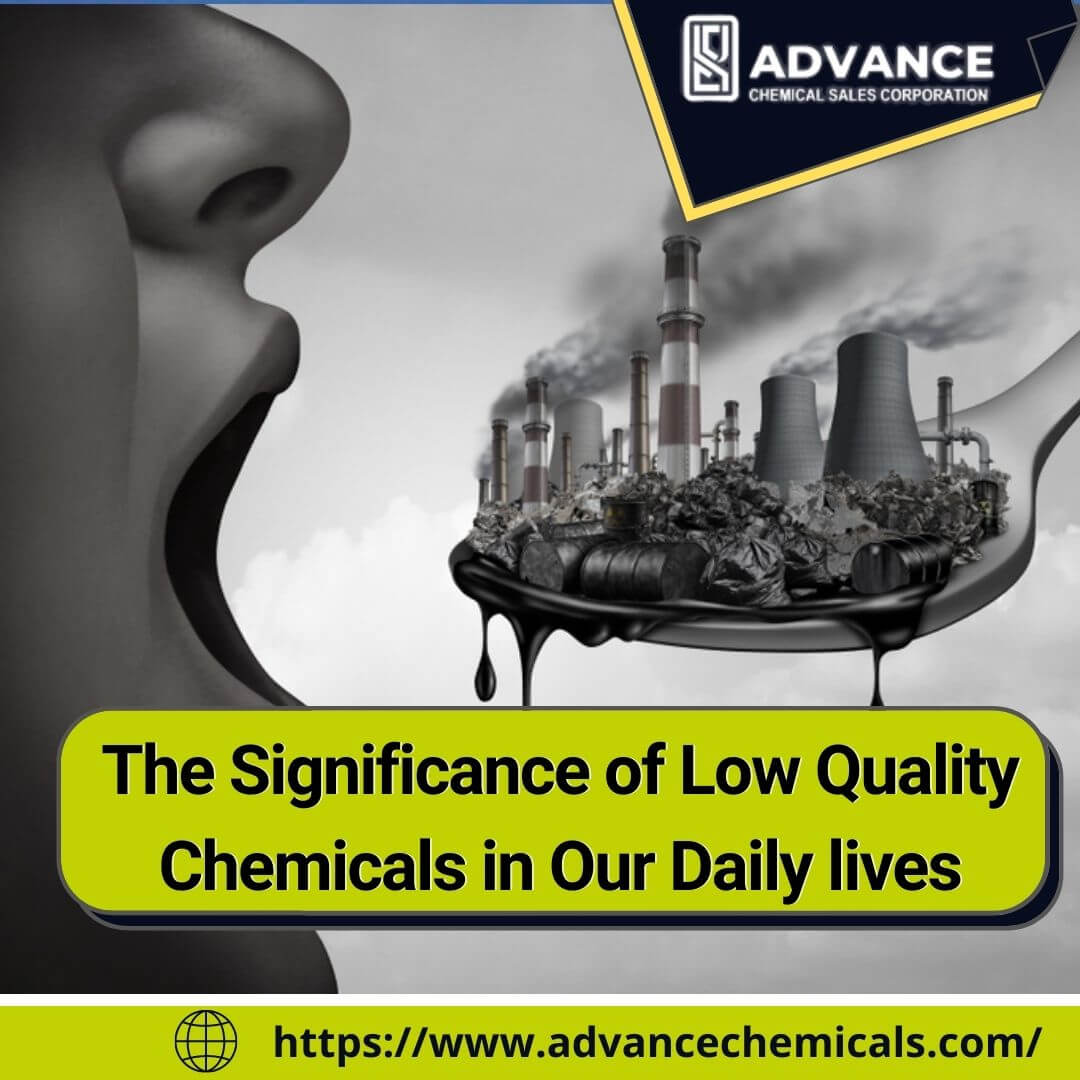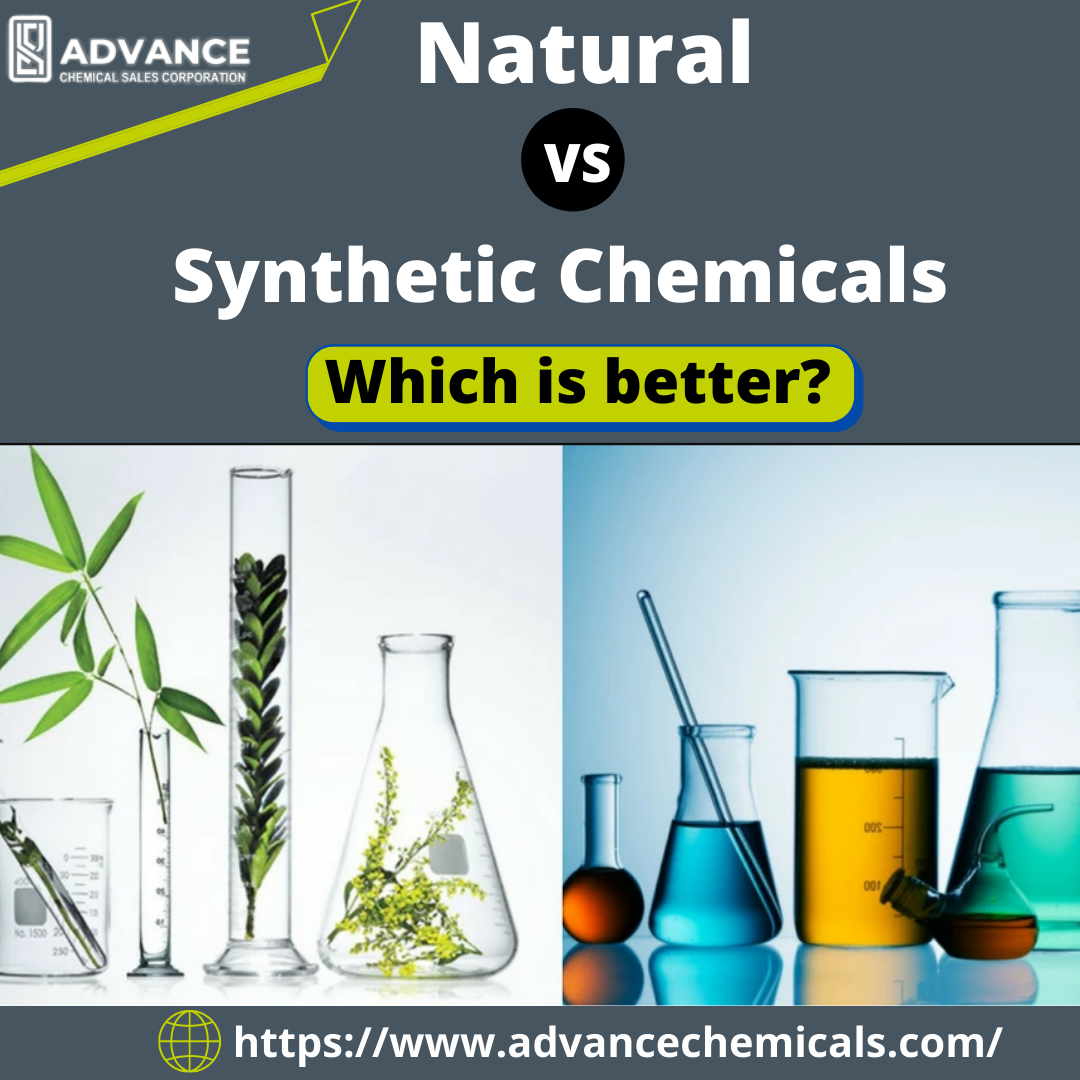Even though we are a technologically advanced race, then also we are surrounded by the most harmful chemicals that we cannot perceive. Although, nowadays chemicals form a crucial portion of our lives they also pose a high-risk to our environment. The disadvantages of low-quality chemicals are primarily experienced when they release toxic substances in the air, water, and even in our foods.
Human beings and other life forms are always unprotected from the onslaught of hazardous chemicals on this Earth. These chemicals can in the form of natural products in our edibles, and pollutants in the water we consume, apart from dangerous pesticides sprayed in our plants. In recent decades, chemicals produced in factories pose a real threat to human society. The potential threat to our lives comes from common chemical pollutants that comprise herbicides and insecticides. These are the volatile organic compounds (VOC), like, toluene, benzene, formaldehyde, ethylene, glycol, xylene, tetrachloroethylene, methylene chloride, and butadiene. Apart from these are chloroform, heavy but toxic metals like mercury, lead, and arsenic, air pollutants mainly, carbon monoxide, and suspended particulate matter. Besides these, there are organic contaminants such as DDT, PCBs, and dioxins. Again, other substances like, wood smoke, dry cleaning contaminants, and gasoline fumes also endanger the mere existence of humans in society.

Disadvantages of Low-Quality Chemicals
How Low-Quality Chemicals Affect our Daily Lives?
Air – 1st Disadvantage of low quality chemicals
VOCs
These chemicals are emitted in the form of vapors from different solids or liquid substances. These organic solvents release organic compounds that have short-term and long-term detrimental health issues to the body.
VOCs: Sources
- Wood additives
- Paints, thinners, and related solvents of paints
- Cleaning agents, and sanitizers
- Air fresheners, and aerosol sprays
- Automotive fuels
- Insecticides
- Dry-cleaned cloth
- Furnishing products
- Glues and adhesives
Health Issues
- Cause headaches, vomiting tendency, disorientation problem
- Detrimental to the liver, kidney, and nervous system
- Allergic to skin
- Stress on the eye, throat, and nose
- Dizziness
- Visual disturbances, and retention deficiency
- Weariness
- Shortness of breath
- Cough
- Decreased rate of fertility
- Adverse to cardiovascular functions
Steps to Mitigate Emission
- Add more ventilation to the indoors
- Instead of using pesticides or insecticides, you can use integrated pest management methods
- Unused paints should never be stored inside our house
- Exposed furnishing should possibly be covered to reduce the effect of formaldehyde
- Cultivate more indoor air plants inside the room to reduce the effect of toxic chemicals mentioned above. These in-house plants, such as peace lily, aloe vera, Boston ferns, golden pothos (money plant), readily absorb these pollutants from the air, keeping the air healthier.

Water – 2nd Disadvantage of low quality chemicals
Serious health hazards are likely to happen when someone drinks contaminated surfaces or groundwater residing from areas affected with poisonous metals such as lead, mercury, and arsenic. Now, if the contaminants of chemicals comprising microbes affect our health, it can lead to issues related to the eye, liver, kidney, reproductive problems, and others. These problems will also occur frequently in residential areas near some industrial plants discharging toxic chemical effluents. Most of these harmful chemicals include dangerous disinfection by-products, insecticides, and cleaning products, paint thinners, radionuclides like radium causing chronic diseases of our nervous system, stomach, liver, and even cancer.
To prevent these disadvantages of low-quality chemicals, it will be suitable to implement water treatment techniques like chemical-based treatments by using chlorine or using chlorination process. Among others are membrane dependent treatment methods like using RO (reverse osmosis) by anti-scaling and cleaning chemicals. Besides, ZDCM or zero discharge chemical method using natural chemical agents can also be applied consuming the least energy and minimal by-products.
Hence, water treatment of chlorination is the most common of all but is also a strong sterilizer. The most popular nowadays is the ZDCM, as it requires the least maintenance and can be set up on a limited budget.
Food – 3rd Disadvantage of low quality chemicals
Nowadays, as a high degree of chemicals is present in our edibles, so food adulteration has turned into a grave situation. So, among the major disadvantages of low-quality chemicals is associating them with food production, processing, and household uses of creating edibles. Chemical contamination of food associates potential hazards to our health, comprising of crops, and meat from our domesticated animals, and even seafood. As, farmers use toxic pesticides and insecticides mostly, so it makes our crops contaminated.
Now, the fertilizers sprayed onto the fruits and vegetables stays on these natural edibles. Again, chemicals occurring from industrial plants and factories comprise of harmful paints, sanitizers, detergents, and other noxious effluents can also enter our foods during the processing and cooking period. Besides, contamination can also occur during the transportation of food products from the agriculturists to the end-users.

Some Chemical Substances Leading to Food Contamination Include:
- Heavy metals like, mercury and lead
- Mycotoxins, like fungus or molds
- Natural pollutants such as dioxins
- Acrylamide from acrylic acids used for processing food
Major Steps which are taken to Stop Food Adulteration
- Now, the Public Health Organization has decided not to transport any edible products to the markets with a level of contamination higher than the set standard limit
- Besides, adulteration levels should be kept lower following recommended practices like the use of naturally made pesticides, such as products made from cow dung, or cow urines. Thus, these natural products will lessen the contamination level significantly, with further no side-effects
- Moreover, the food operators should ensure that the contaminant level is compatible with the safety level following the guidelines set under Hazard Analysis and Critical Control Point (HACCP) with the collaboration of the food preservation management.
Eventually, we can say that with these beneficial steps taken by the Government, it will be easier to prevent this menace of chemical contamination from our households. With more stringent laws in place, it will signify the endeavors made by our food operators, as well as central and state administration to offer a secured and healthy chemical-free environment to our citizens.
Also read our blog on 👉 Advantages of the chemical industry in 2020




15Comments